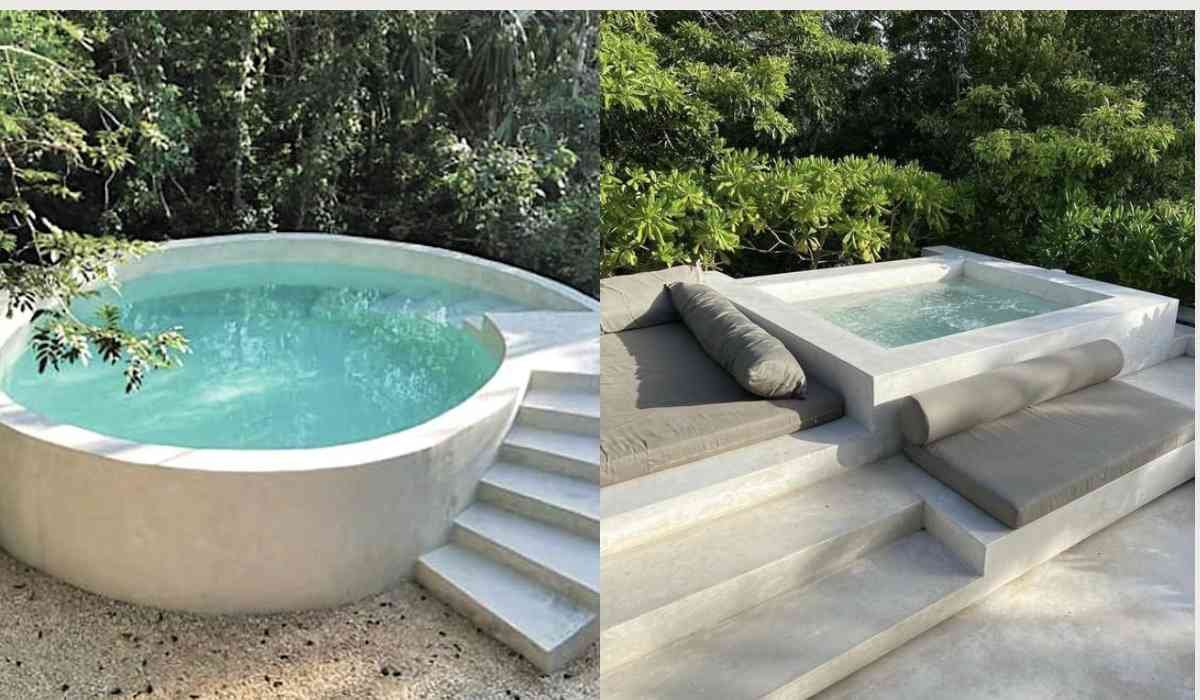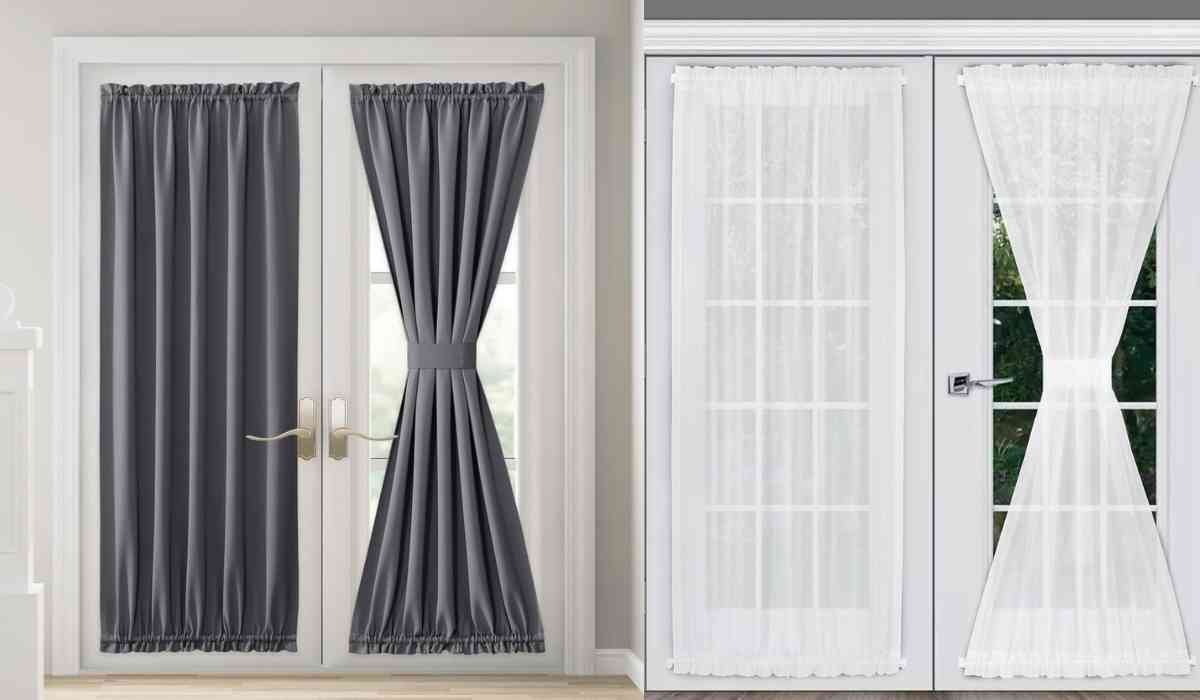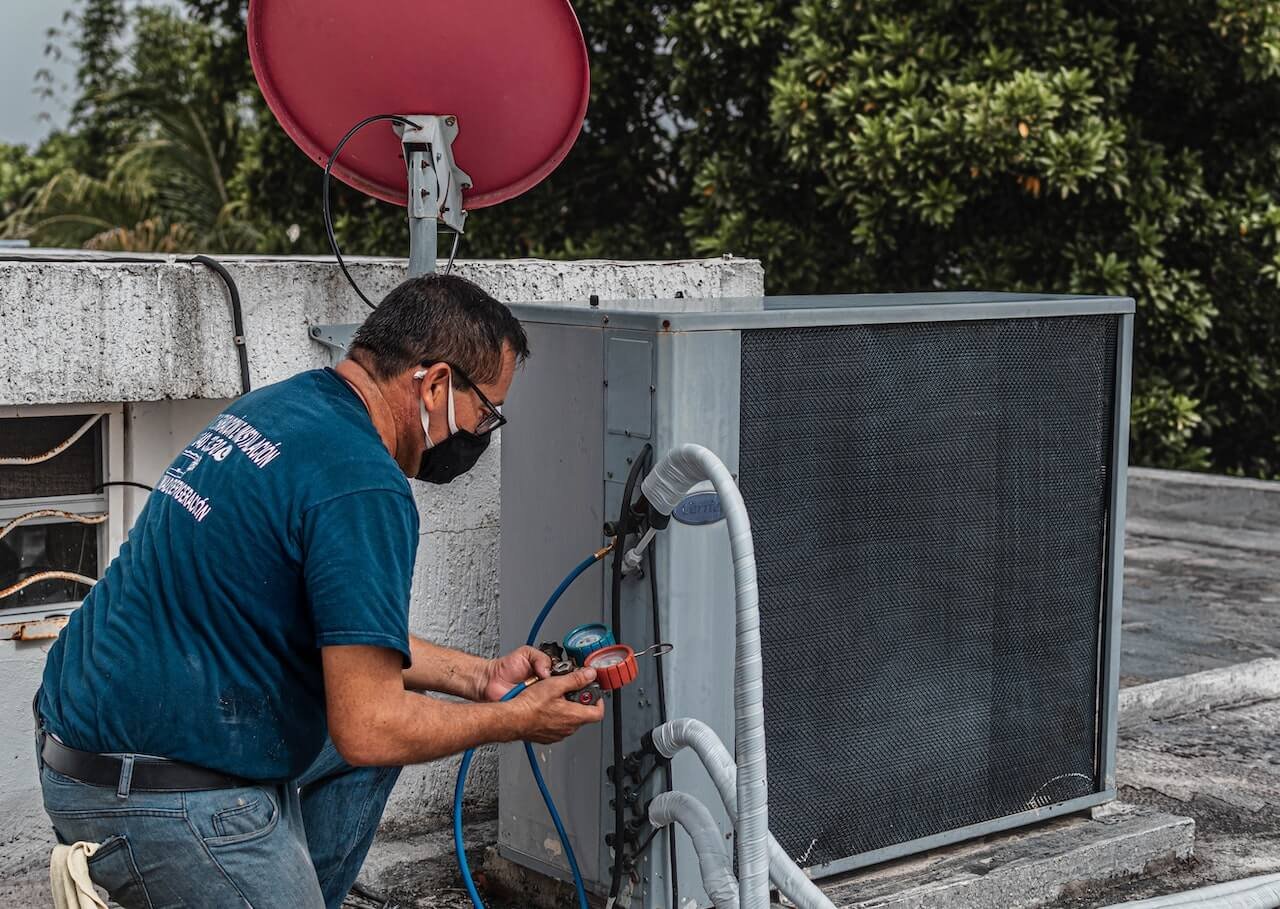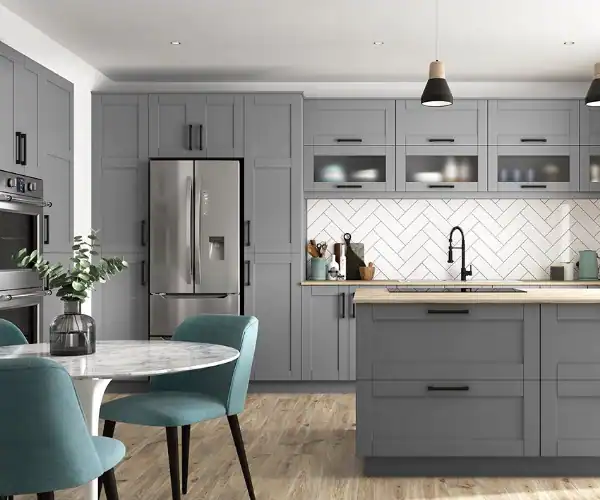Plunge pools, also known as dipping pools, are a shallow form of small swimming pool intended for recreational use rather than competitive swimming or water sports.
In recent years, plunge pools have grown increasingly commonplace in residential settings including backyards, patios, and decks.
Plunge pools have a few things in common with regular backyard swimming pools, but they also stand out in their own ways.
Size
The size is the most obvious distinction between a plunge pool and a standard pool. The typical dimensions for a plunge pool are between 5 and 15 feet in circumference and 2 and 4 feet in depth.

They are small enough to fit in a backyard or courtyard that would be too small for a standard swimming pool. Less chemicals and energy for pumping and heating are needed to maintain the tiny water volume.
They are too little for competitive swimming or recreational pool activities, but perfect for a refreshing dip.
Related: Benefits of Plunge Pools: Why More Homeowners are Opting
Shape
Plunge pools, because of their diminutive stature, tend to be round or square rather than the more freeform kidney shape of many inground pools. Their compact design makes them ideal for placement against a house’s back patio or as an insert into a deck.
The general layout of certain plunge pools is not unlike to that of enormous hot tubs. Many of them are elevated, and some even have benches built right in so that people can sit in the water and feel the jets and the bubbling and churning as they relax.
Depth
Plunge pools are shallow because they are designed for quick soaking and cooling down rather than intense swimming. There is an approximate 2-foot minimum and 4-foot maximum depth. Children and shorter adults can now safely and securely stand with their heads above water.
Traditional swimming pools have a shallow end between 3 and 5 feet deep and a deep end between 5 and 10 feet deep; this shallow depth decreases the amount of water needed to fill the pool. The shallow, one-depth layout is easier and cheaper to build.
Features
Plunge pools are simplified swimming pools designed for leisure rather than vigorous exercise. A plunge pool lacks amenities such as diving boards, slides, lap lanes, and even poolside basketball hoops.

The hydrotherapy jets, bubbles, and temperature settings in many of today’s models, however, make for a more luxurious spa experience. Accents built into the pool’s walls and flooring are typical, and may take the form of little fountains, waterfalls, or artistic rock components.
Users can relax on the underwater benches while taking in the bubbling water and spraying jets. Underwater lighting is commonly used in plunge pools to create a relaxing atmosphere for late night soaking.
Maintenance
Due to its smaller water volume and surface area, a plunge pool requires far less maintenance than a standard swimming pool.
Instead of requiring a huge motor and complex filtration system, smaller home pools may often get by with just a pump and filter. The smaller surface area means less water evaporates and less heat is lost, especially if a pool cover is utilized when the pool is not in use.
Low-maintenance sanitation is another reason why many homeowners turn to saltwater chlorine production systems. Overall, plunge pools are a more cost-effective way to add a water element to your garden.
Materials
Many of today’s plunge pools are prefabricated acrylic or fiberglass units that can be set up in a backyard in a short amount of time. This is in stark contrast to the months or even years it might take to build a bespoke concrete inground swimming pool, which necessitates extensive landscaping, excavation, and masonry work.
The prefabricated fiberglass shell has been strengthened to increase its longevity and durability. The pool might have a decorative masonry surround made of stone, tile, or other facing materials for an integrated appearance.
Plunge pools made of fiberglass or acrylic are simple to set up, making them an attractive option for handy homeowners.
Related: The Secret to a Crystal-Clear Plunge Pool: Expert Upkeep
Decking
Most plunge pools, because of their modest footprint, can be placed on smaller patios or decks. The decking on many pools are so small that you have to sit down to get out.
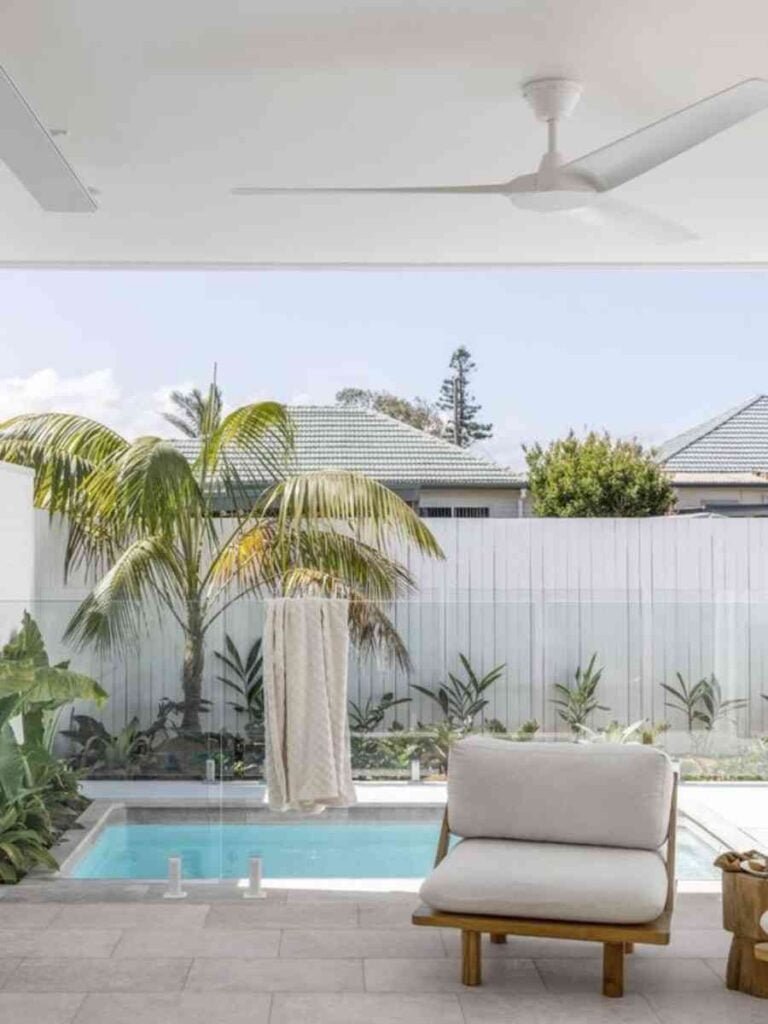
A preexisting wooden patio, cobblestone, or concrete slab might serve as a connection point for the deck. Some pools have a flat bottom that makes it possible to sit with one leg in the water.
Pools frequently include built-in seats that serve as both seating and steps into and out of the water. Decking requirements are often low when compared to larger pools intended for vigorous swimming and play.
Location
Plunge pools, because of their modular construction, can be set up in any backyard with access to water and electricity. They are often set up flush against the house’s existing wooden deck or concrete patio.
The prefabricated exterior allows for little landscaping and disruption during the installation process. In addition to being installed on the ground, many fiberglass pools are also flat enough to be installed on the top of buildings.
If your yard is too small for a standard swimming pool, has an unusual design, or is located on a steep slope, a plunge pool may be the perfect solution.
Cost
Plunge pools have more cheaper initial installation expenses than traditional in-ground pools. Small fiberglass or acrylic plunge pools typically cost between $15,000 and $30,000.
The price of a large concrete pool might easily exceed $50,000. Because of its small footprint, less time, energy, and resources are needed to construct. As a result of spending less on water, heating, and chemicals, annual upkeep costs are lowered.
Homeowners who want a relaxing backyard retreat rather than a lively pool for family recreation can receive all the benefits of a swimming pool with a plunge pool at a far lower cost.
Safety
Like any other type of backyard pool, plunge pools require careful planning and attention to safety. There needs to be proper fence, gates, lighting, and anti-entrapment drains set up as required by law.
Rules and warnings for use are posted. Their shallowness, however, mitigates many of the dangers associated with diving headfirst into a deeper pool from a height.
However, it is strongly recommended that adults monitor youngsters constantly whenever they have access. Most plunge pools prohibit diving from the surface for obvious safety reasons. The inherent dangers of complete backyard pools are considerably mitigated.
The Bottom Line
In conclusion, plunge pools are a unique alternative to standard swimming pools. They are not designed for swimming or water play, but rather for quick relaxation, with compact circular designs averaging 10 feet in diameter, shallow depths of 2 to 4 feet, restricted features, and prefab fiberglass construction.
Costs associated with having one are minimized thanks to their compact design and specific purpose in comparison to those of a larger pool. Plunge pools offer the advantages of water therapy and refreshing dips without the hefty price tag of a large custom pool, making them a popular choice for homeowners looking for a private backyard retreat.
They can be fun for the whole family if you take the necessary safety measures. A plunge pool may be the perfect water feature if all you want to do is relax and not do laps.

